Picture this: your very own slice of nature right in the bustling city, where every square inch is a precious treasure. Even in the smallest spots, like a cozy balcony or a bright windowsill, there’s a chance to bring some green magic into your life. It’s all about turning those overlooked nooks into vibrant spots of flowers, herbs, and even veggies. We’re about to dive into some easy and exciting projects that will show you how to make the most of your urban space. These ideas are perfect for sprucing up your surroundings, giving you a tiny oasis in the concrete jungle.
Optimize Space for Vegetables
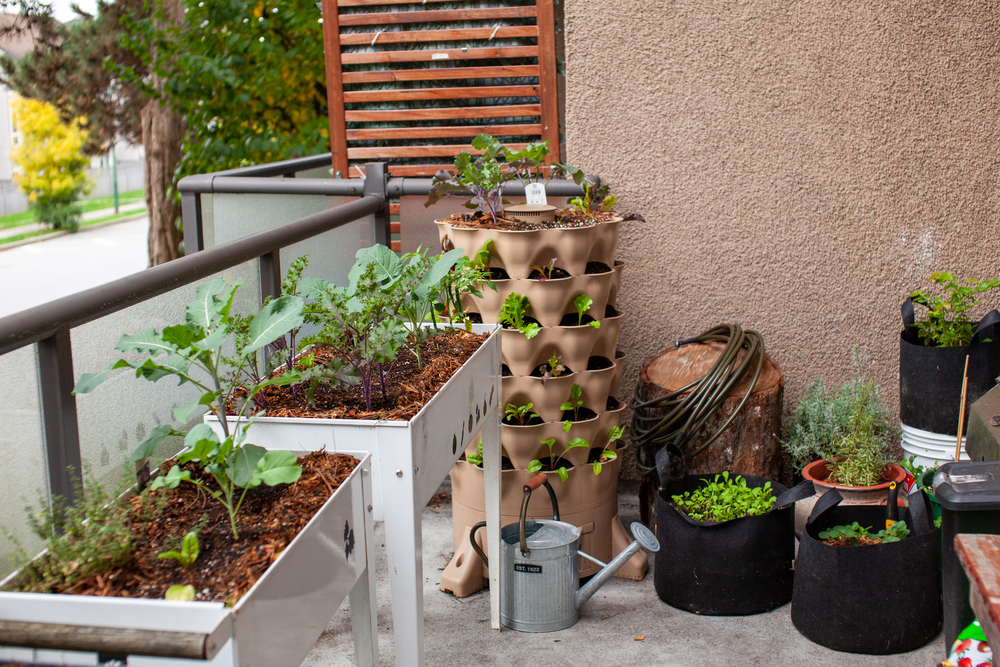
Utilizing vertical gardens, tiered planters, or trellises helps in growing vegetables upwards rather than outwards. This method is effective as it allows for the cultivation of a variety of vegetables in a confined area, making efficient use of available vertical space. It’s particularly suitable for climbers like tomatoes, cucumbers, and beans.
Miniature Greenhouse for Starting Seeds
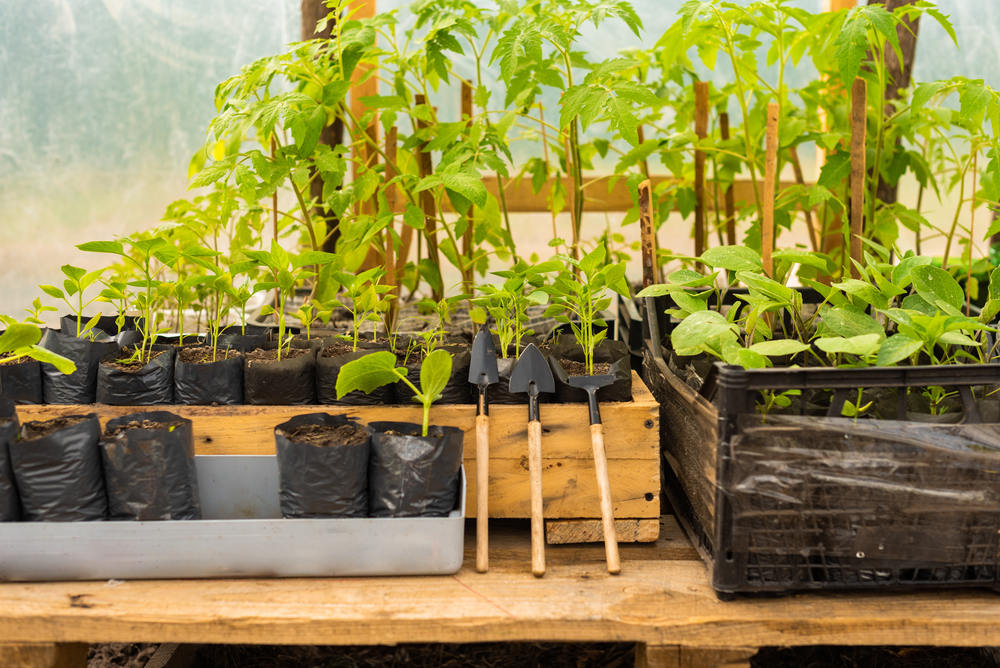
A mini greenhouse can be as simple as a clear plastic container with a lid. It creates a controlled environment for seedlings, protecting them from harsh weather and pests. This is ideal for small spaces because it can be placed on balconies, windowsills, or even inside the home, ensuring that the seeds get a healthy start regardless of outdoor conditions.
Combine Similar Species
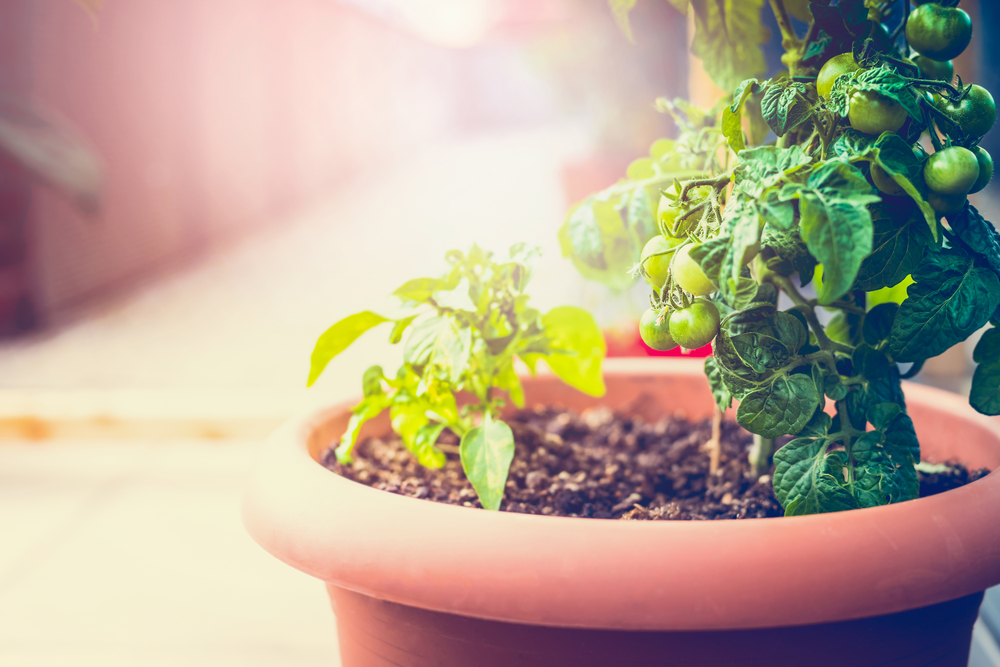
Planting similar species together, known as companion planting, can enhance growth, deter pests, and maximize the use of space. For instance, planting herbs that thrive in similar conditions together in a single pot or planter can save space and create a micro-environment where they can support each other’s growth.
Select Upright Plants
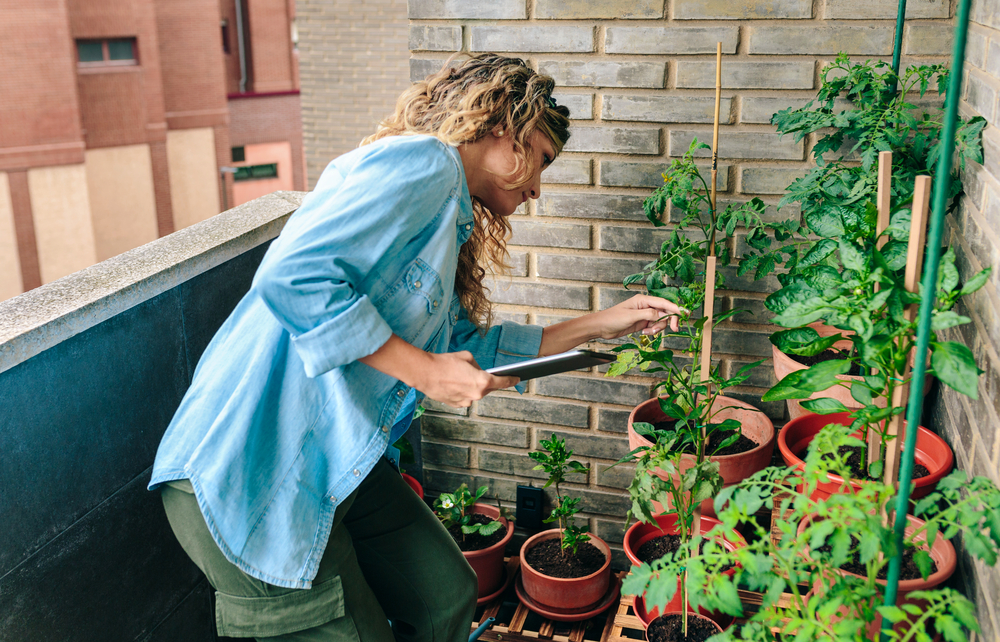
Choosing plants that grow upright rather than spread out can save horizontal space. Tall, narrow plants like bamboo, certain types of grasses, or even some varieties of tomatoes and peppers are ideal for small gardens as they use vertical space efficiently, allowing more plants to be grown in a limited area.
Pallet Garden
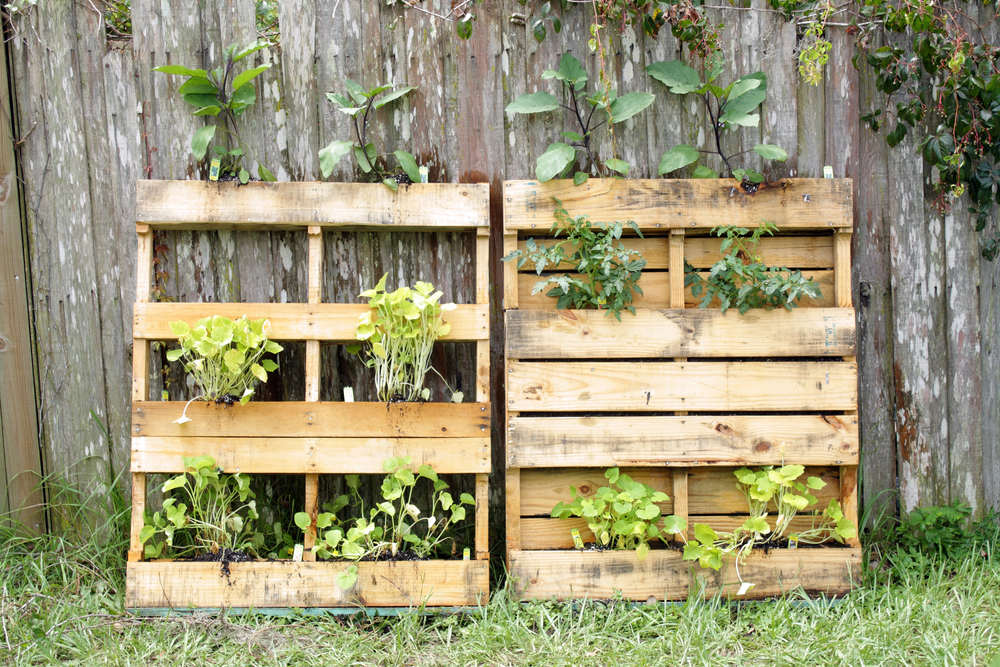
Reusing wooden pallets as planters is a cost-effective and space-saving solution for urban gardens. Pallets can be mounted against a wall or stood upright, filled with soil, and used to grow a variety of plants. This approach is particularly useful for herbs, small vegetables, and flowers, offering ample growing space without occupying too much ground area.
Choose Fast-Growing Crops
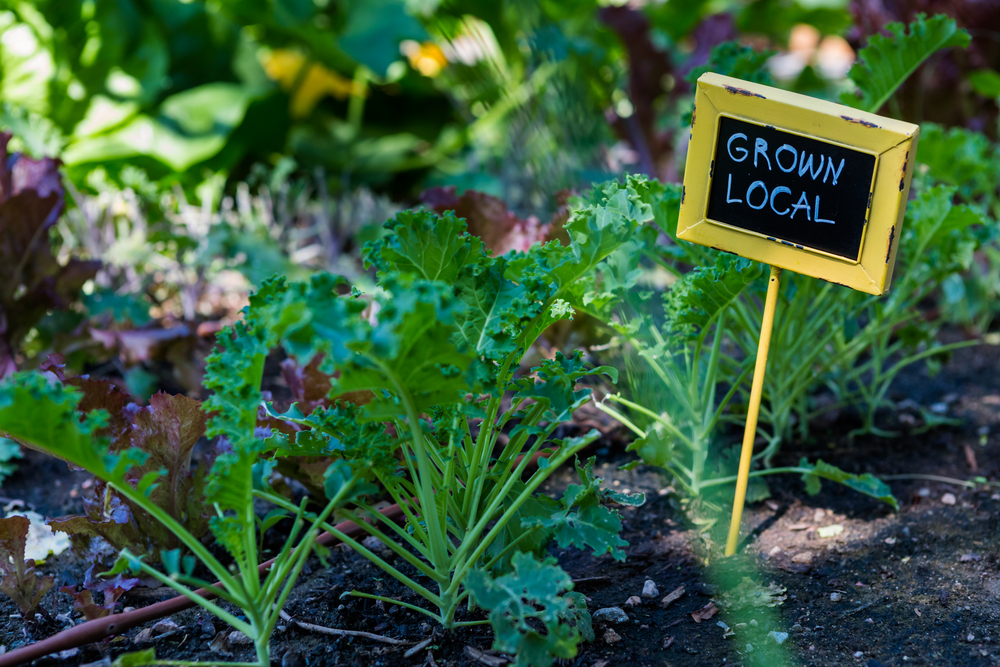
Fast-growing crops such as radishes, lettuce, and spinach can be harvested within weeks, freeing up space quickly for successive plantings. This strategy ensures a continuous supply of fresh produce even in the smallest of spaces, making it highly efficient for urban gardeners looking to maximize their yield.
Choose Compact Varieties
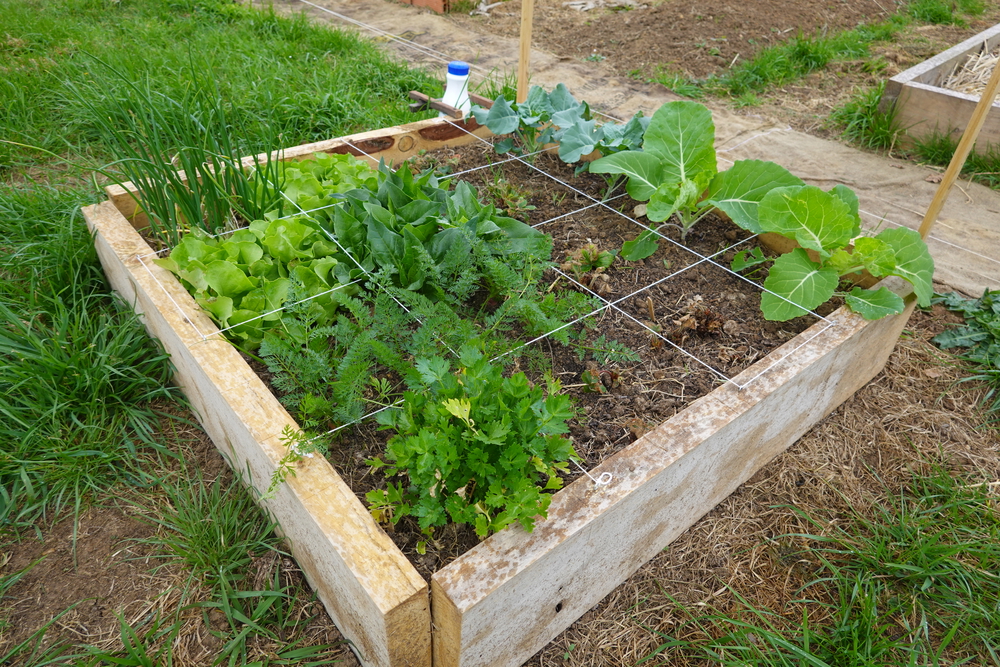
Opting for dwarf or compact varieties of plants is crucial in small-space gardening. These plants have been bred to produce the full-sized fruits or flowers of their larger counterparts but on a smaller plant body, making them ideal for container gardening or small garden beds.
Hanging Baskets for Trailing Plants
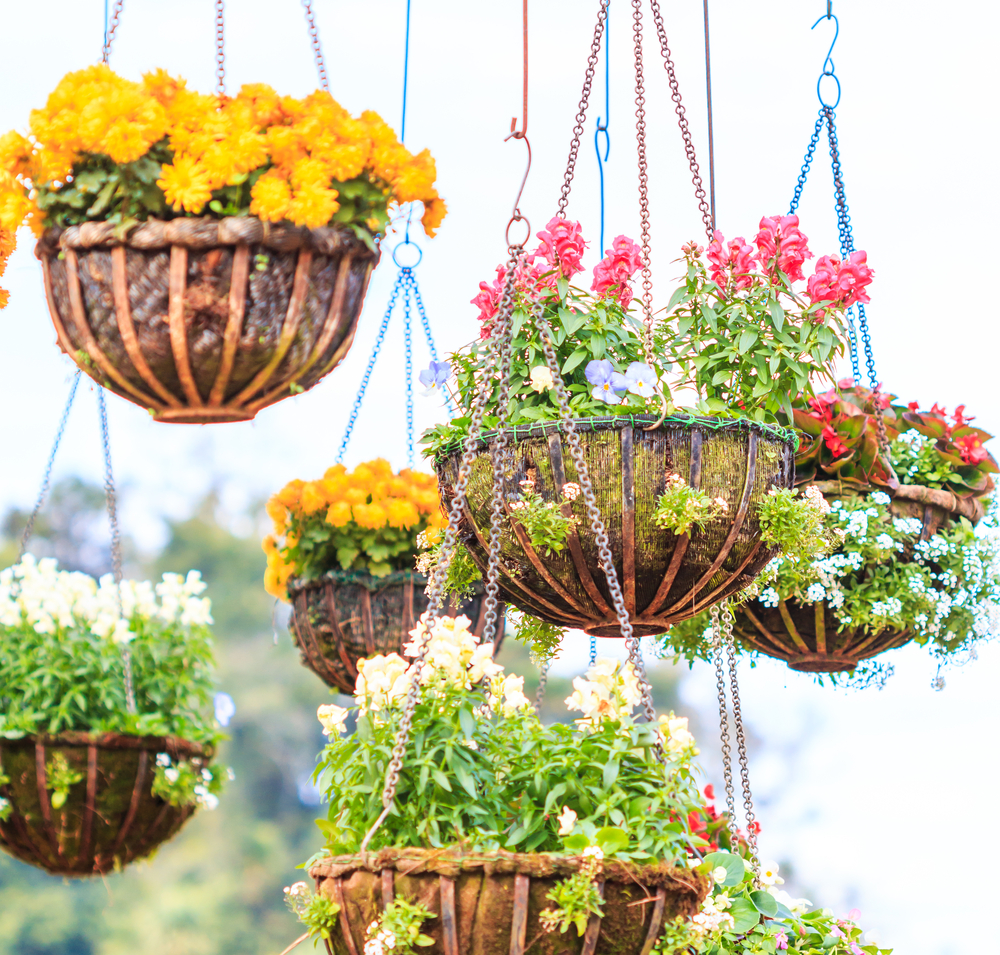
Hanging baskets utilize aerial space, allowing for the cultivation of trailing plants such as strawberries, cherry tomatoes, or flowering vines. This not only adds vertical interest to a small garden but also frees up valuable ground or shelf space for other plants.
Integrated Pest Management (IPM)
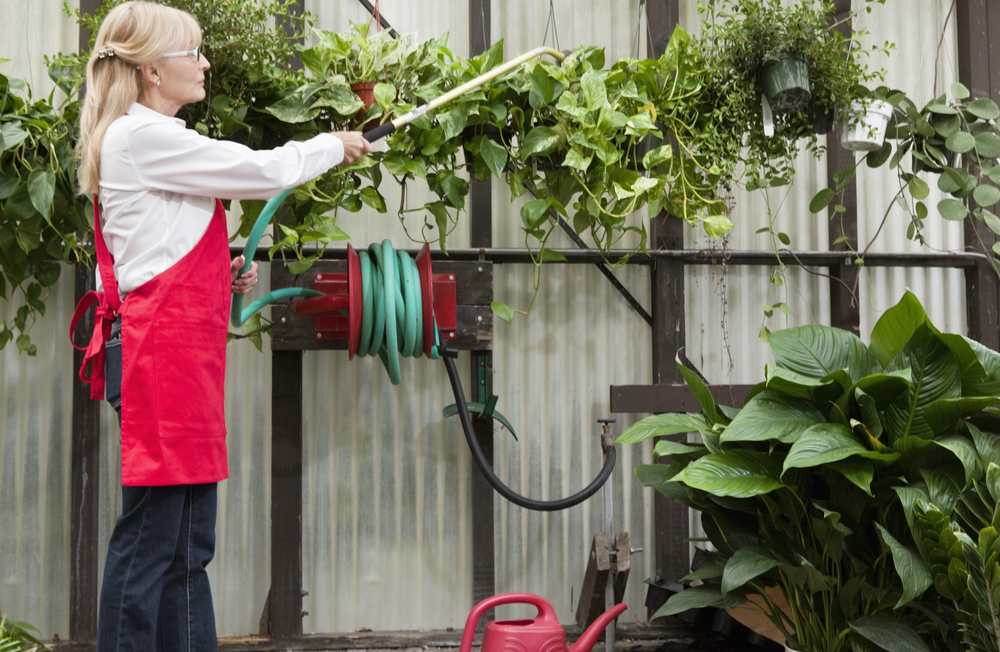
Implementing IPM techniques, such as using natural predators, barriers, or non-toxic repellents, helps protect plants without the need for chemical pesticides. This is particularly important in small spaces where plants are close, and disease or pests can spread quickly.
Self-Watering Containers
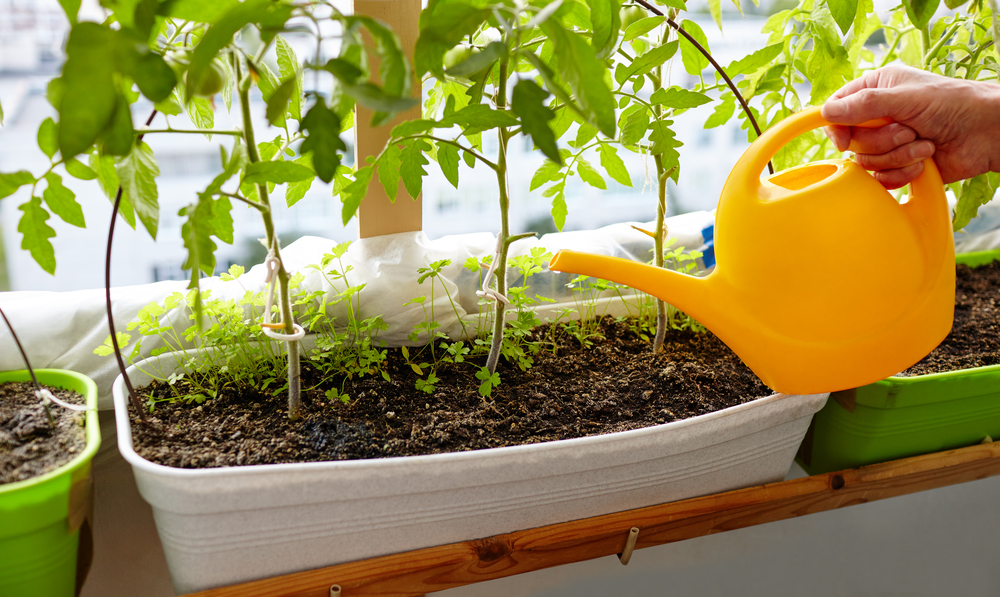
These containers are designed to minimize maintenance and ensure plants receive a consistent level of moisture, which is crucial in confined spaces where soil can dry out quickly. They’re particularly effective for urban gardeners who may not have the time for daily watering.
Edible Landscaping
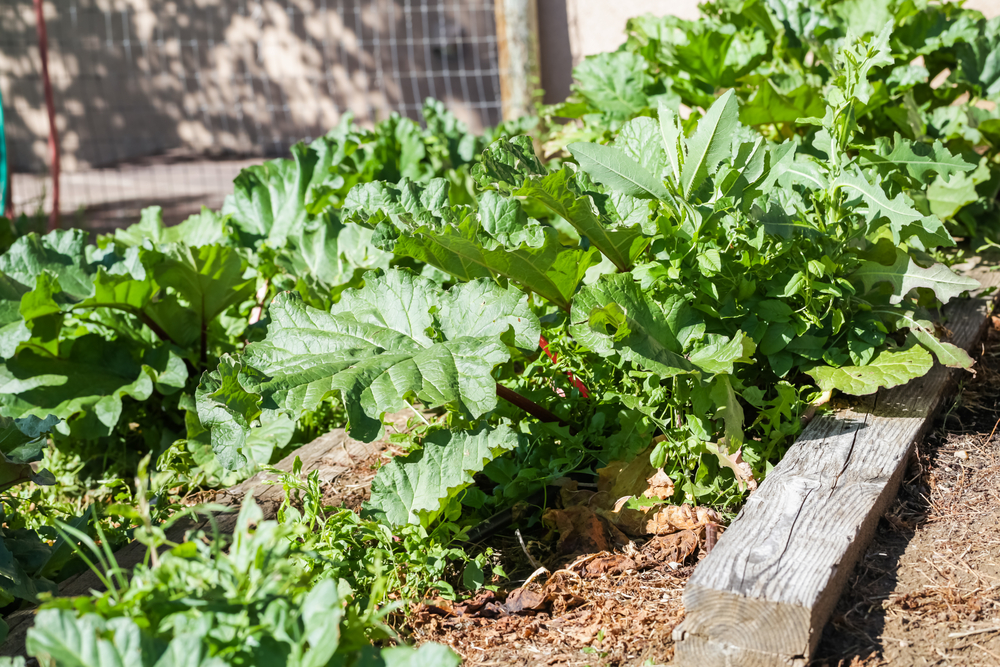
Incorporating edible plants into decorative arrangements maximizes the utility of every square inch. This approach can include using herbs as ground cover, berry bushes as fencing, or vegetable plants mixed in with flowers for a garden that is both beautiful and productive.
Soil Health Management
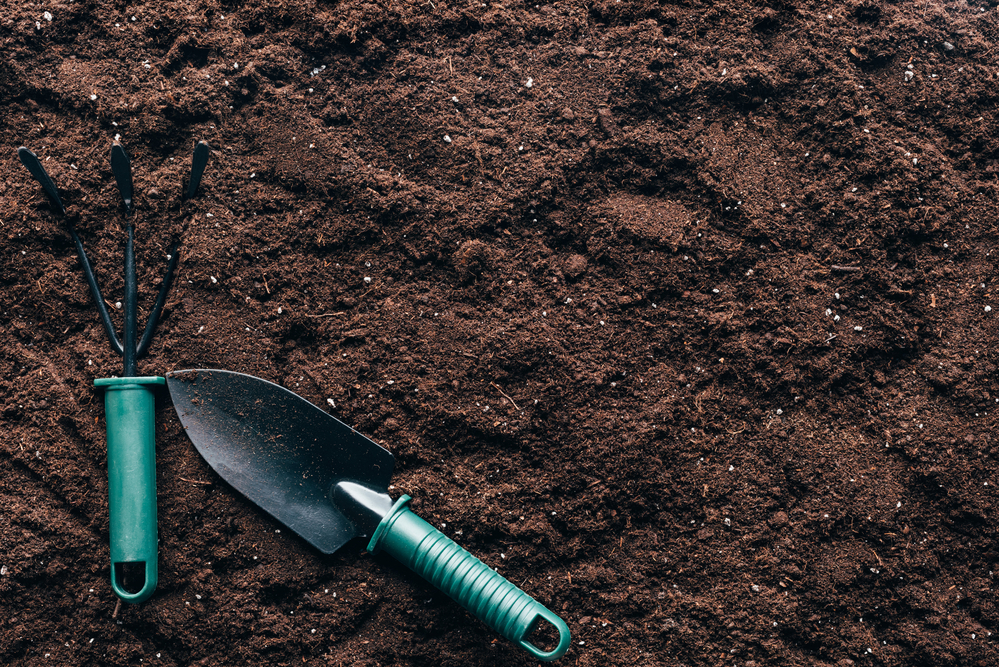
Maintaining soil health through composting, mulching, and regular amendment with organic matter ensures plants have the nutrients they need to thrive in small spaces. Healthy soil supports more intensive planting techniques required in compact gardens.
Use of Reflective Surfaces
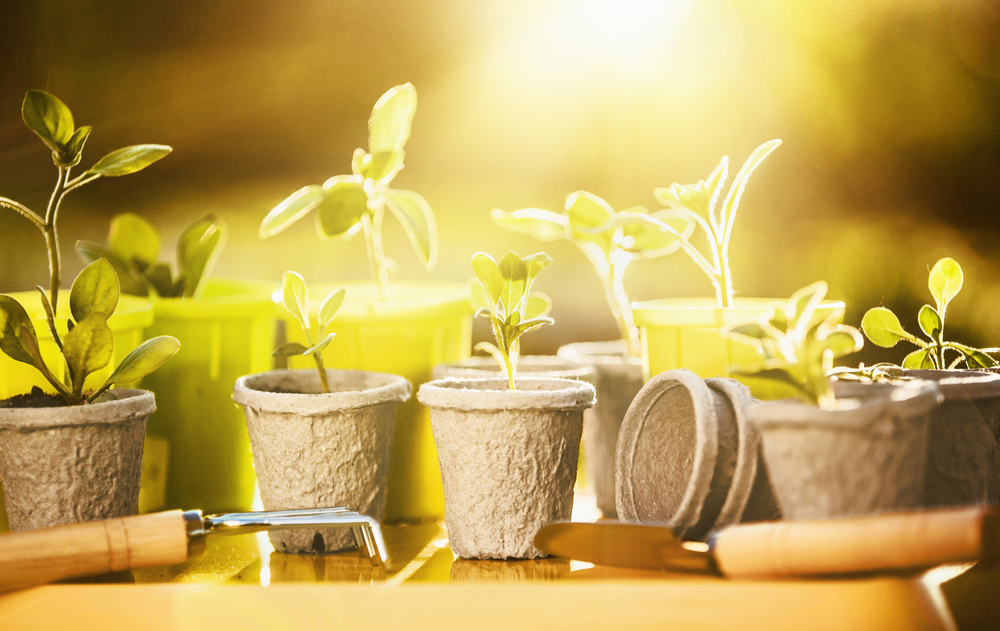
Placing mirrors or other reflective surfaces near plants can increase the amount of sunlight they receive, which is particularly useful in shaded urban areas. This can help maximize photosynthesis and growth in tight spaces where direct sunlight is limited.
Smart Plant Selection
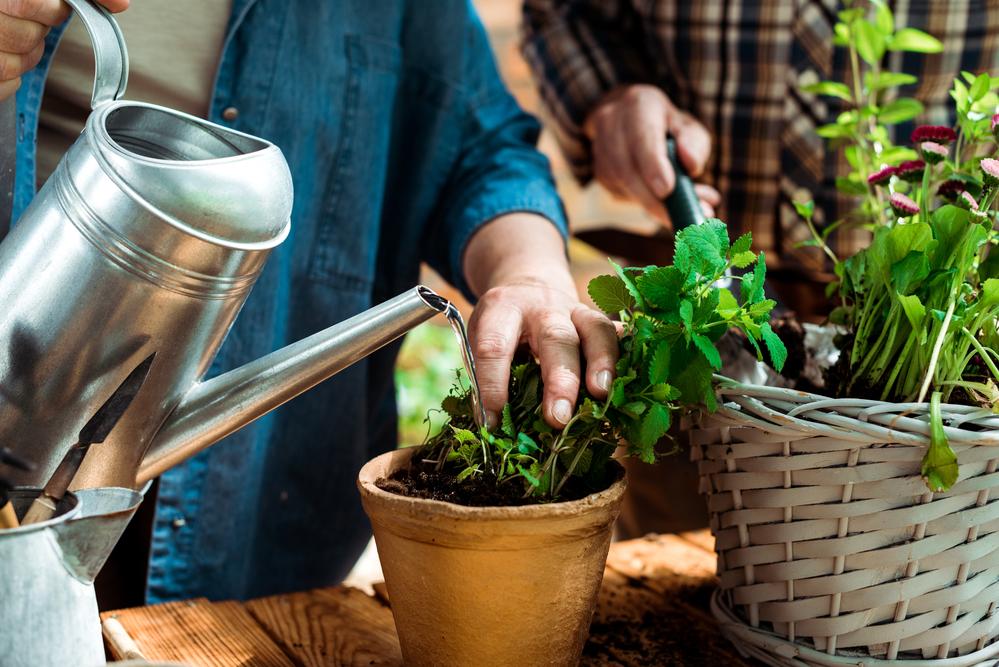
Choosing plants that are naturally suited to the local climate and soil conditions minimizes the need for additional water, fertilizers, and care. This is especially important in urban gardening, where the goal is to achieve the maximum yield with minimal input.
Microgreens and Sprouts
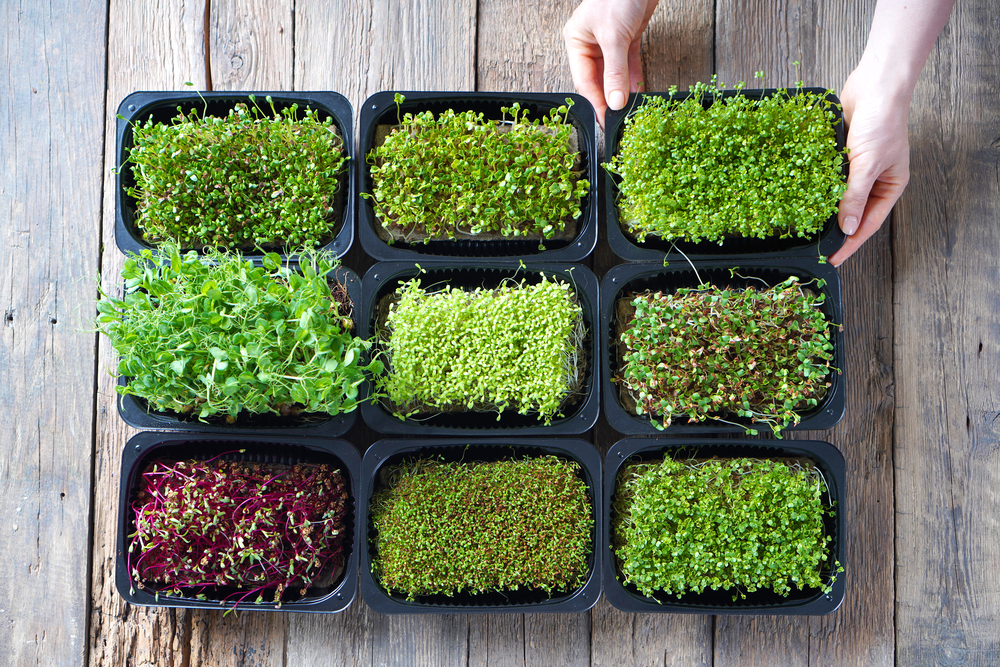
Growing microgreens and sprouts is an excellent way to produce a significant amount of food in a tiny area. These nutrient-dense greens can be grown in shallow trays on windowsills or countertops, offering a quick turnaround and minimal space requirement. This article originally appeared on UnifyCosmos.
More from UnifyCosmos
21 Must-Visit Natural Wonders Around the World

10 Makeup Tips for Enhancing Hooded Eyes

17 Widely Known “Facts” That Are Actually False

Leave a Reply